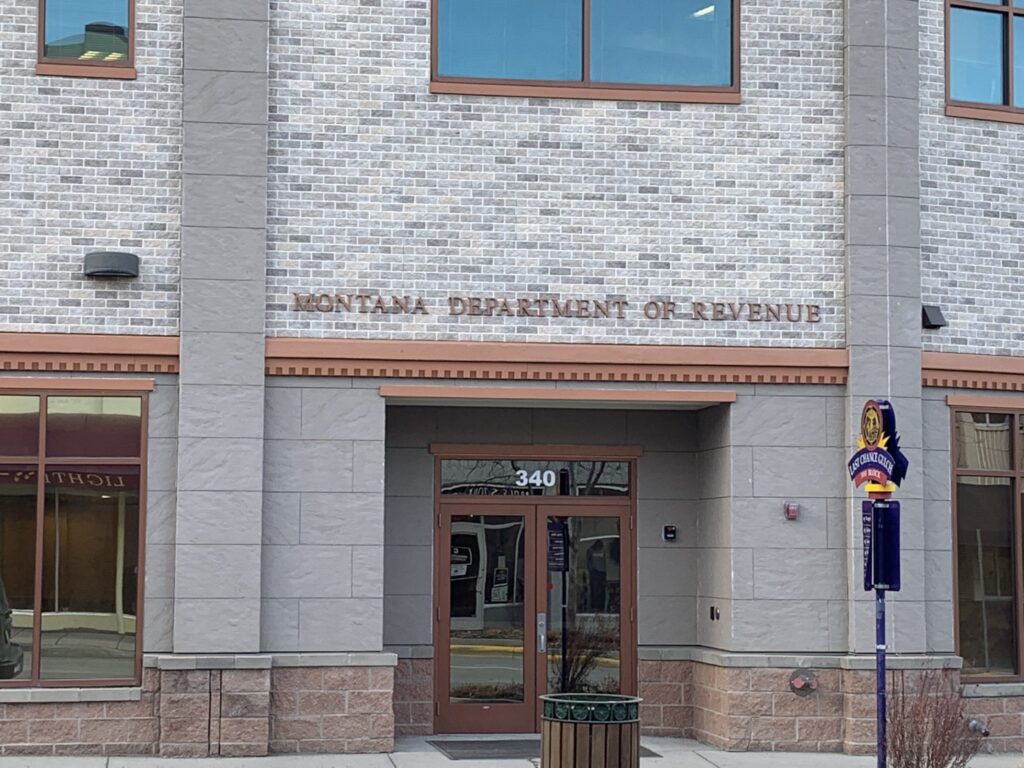The middle class often faces neglect in policy discussions, according to Sen. Mike Yakawich, a Billings Republican. While affluent groups and those with fewer resources receive attention, middle-class Montanans remain overlooked. “But that middle class, we have to let them know we love them, we care about them, we want to help them,” Yakawich emphasized during a conversation with Senate President Matt Regier on the Montana Majority Report podcast.
Senate Bill 203, requested by Regier and advanced by Yakawich, aims to adjust Montana’s income tax brackets to prioritize middle-class taxpayers. This bill is part of a series of legislative efforts, with GOP leadership focusing on middle-class tax cuts while the governor promotes a broader tax reduction strategy. Yakawich describes his bill as the “millennial bill,” targeting young professionals, including his own children, who face financial pressures despite six-figure incomes.
Montana’s current tax system includes two brackets at 4.7% and 5.9%, separated at approximately $21,000 for individual filers. Previously, the state operated with a six-bracket system until changes in 2021. SB 203 proposes expanding the lower bracket to cover incomes up to $100,000 for individuals and $200,000 for married couples, potentially impacting up to the 90th percentile of earners.
Projected savings for individuals in the 60th to 90th percentiles range from $56 to $616, according to the Legislative Fiscal Division. “That can cover a lot of diapers,” Yakawich remarked, highlighting the financial relief for growing families. However, the state would see an estimated $250 million reduction in annual revenue by 2029, per the bill’s fiscal note.
Gianforte’s approach
Republican Gov. Greg Gianforte advocates for further income tax reductions, potentially eliminating the tax altogether. Since his reelection, Gianforte has pursued the largest income tax cut in Montana’s history, aiming to build on the $1 billion in tax relief achieved in his first term. “We’ve lowered the rate that most Montana taxpayers pay from 6.9% to 5.9% but there’s more we can and should do,” Gianforte stated.
His draft tax plan suggests reducing the top income tax rate by 0.5% over two years, aiming for 4.7% and 4.9% brackets. Ultimately, this could transition Montana to a flat tax rate, providing “greater certainty into the future.” At a press conference with Grover Norquist of Americans for Tax Reform, Gianforte noted that neighboring states have no income tax or a flat rate, while Montana remains one of four states without a sales tax.
Gianforte’s plan would deliver $850 million in permanent tax relief, but analysts predict a $398 million decline in general fund revenue collections by 2027. Although the highest earners would benefit most, Gianforte contends that his proposal, alongside an expanded earned income tax credit, would reduce taxes at every income level. He remains open to considering other tax reform bills passed by the Legislature.
One other GOP proposal
House Bill 337, introduced by Speaker of the House Brandon Ler, R-Savage, sought a moderate path by raising the lower tax bracket for individual filers to $70,000 and reducing the top rate to 5.65%. However, the proposal was tabled in the House Taxation Committee with a 20-1 vote.





